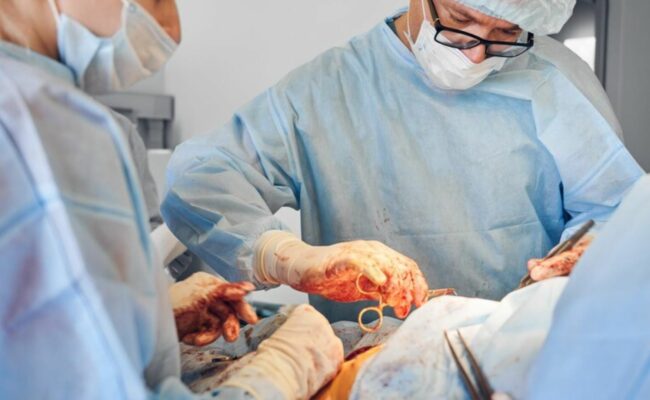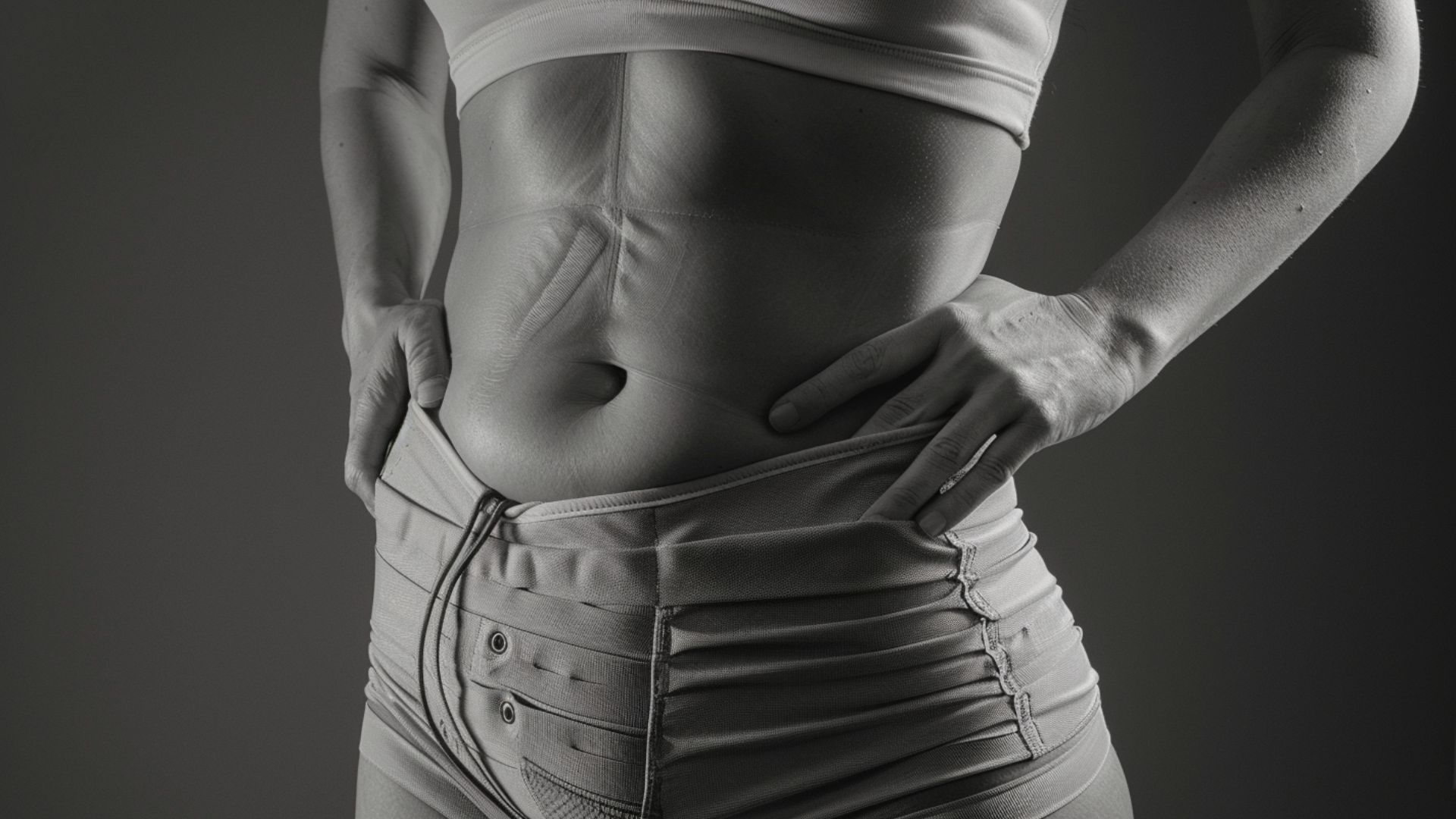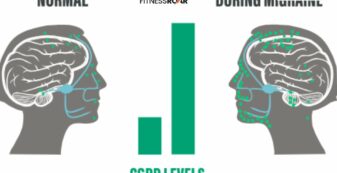Diastasis Recti Surgery: Procedure, Cost, and Recovery

Know About Diastasis Recti Surgery

Diastasis recti, also known as rectus abdominis diastasis (RAD), is a condition where the two halves of your rectus abdominis muscles (the “six-pack”) separate. This separation creates a gap down the center of your abdomen.
- Pregnancy: The most common cause, as the growing uterus puts pressure on the abdominal muscles.
- Obesity: Straining from excess weight can lead to separation.
- Prior abdominal surgery: Existing scar tissue can weaken the muscles.
- Connective tissue disorders: Conditions like Marfan syndrome can affect connective tissue strength.
People seek diastasis recti surgery for various reasons, including:
- Physical Support: The separation can weaken your core, leading to back pain and difficulty with daily activities.
- Hernia Prevention: A large gap can increase the risk of hernias, where organs push through the abdominal wall.
- Cosmetic Improvement: The abdominal bulge can be a source of self-consciousness.
Also Read: Ways to Lose the Mummy Tummy
Is Diastasis Recti Surgery Right for You?

Diastasis recti surgery is not a one-size-fits-all solution. Here’s a breakdown of factors to consider before deciding:
Factors to Consider:
- Severity of Separation: The width of the gap and its impact on your core strength and daily life are crucial factors.
- Success of Non-Surgical Methods: Have you tried physical therapy or specific exercises to improve the condition?
- Your Overall Health: Existing medical conditions or high BMI might necessitate careful evaluation for surgery.
- Cosmetic vs. Functional Goals: Is surgery for improving core strength or primarily for aesthetics?
- Realistic Expectations: Surgery can improve the gap, but it might not restore your abdomen to a pre-diastasis state.
Signs Surgery Might Be Beneficial:
- Persistent Bulge: Despite weight loss and exercise, the abdominal bulge remains prominent.
- Functional Limitations: Diastasis recti significantly impacts your ability to perform daily activities or exercise.
- Pain and Discomfort: The separation contributes to back pain, urinary incontinence, or other issues.
- Hernias: A large gap increases the risk of hernias, and surgery might be needed for repair.
Non-Surgical Approaches:
- Physical Therapy: A targeted program can strengthen your core muscles and improve diastasis recti in some cases.
- Specific Exercises: Exercises like modified crunches or planks can help close the gap, especially in mild cases.
- Lifestyle Modifications: Maintaining a healthy weight and proper lifting techniques can prevent further separation.
Effectiveness of Non-Surgical Approaches:
The effectiveness of non-surgical methods depends on the severity of diastasis recti. For mild cases, these approaches can significantly improve the condition. However, for severe separations or those causing functional limitations, surgery might be a better option.
Risks and Complications of Surgery:
As with any surgery, diastasis recti repair carries potential risks, including:
- Infection
- Bleeding
- Scarring
- Nerve damage
- Recurrence of the separation
It’s crucial to discuss these risks with your doctor to understand the potential downsides of surgery.
Also Read: Best Exercises for Toned Arms
Researching the Procedure
Informed decision-making is key. Here’s how to gather information about diastasis recti surgery:
Gathering Information:
- Online Resources: Reputable medical websites and patient forums (be cautious and consult your doctor for verification) can provide general information on the procedure.
- Medical Journals: Studies on diastasis recti repair techniques and outcomes can be found through online databases (often require a library subscription for full access).
- Surgeon Consultations: Scheduling consultations with board-certified plastic surgeons or general surgeons experienced in diastasis recti repair is crucial.
Questions for Your Doctor:
- Am I a good candidate for surgery?
- What surgical technique would you recommend for my case?
- What are the expected outcomes and recovery timeline?
- What are the potential risks and complications associated with the surgery?
- Do you have before-and-after photos from similar cases? (helpful for managing expectations)
- What is your experience performing this surgery?
Surgical Techniques
- Open Repair: A traditional method with an abdominal incision to access and suture the separated muscles together.
- Laparoscopic Repair: A minimally invasive approach using small incisions and surgical tools inserted through them.
- Mesh Repair: In some cases, surgeons might use a mesh implant to reinforce the sutured muscles.
Recovery Process
- Hospital Stay: The duration can vary depending on the surgery type and your recovery.
- Pain Management: Medication will be prescribed to manage post-surgical discomfort.
- Activity Restrictions: Lifting heavy objects and strenuous exercise are typically restricted for several weeks.
- Support Garments: Wearing compression garments might be recommended to aid healing and support the core.
- Physical Therapy: Rehabilitation exercises can help regain core strength and improve overall function.
Remember: This is a general overview. Your doctor will outline the specific details of your surgery and recovery plan based on your individual case.
What to Expect During Recovery?
Diastasis recti surgery recovery can take several weeks to a year, depending on the procedure and your individual healing process. Here’s a breakdown of what to expect:
Recovery Timeline and Stages:
- Weeks 1-2: Focus on rest, pain management, and limited activity. You might experience discomfort, swelling, and bruising.
- Weeks 3-6: Gradual increase in activity as tolerated. Physical therapy can begin to improve core strength and flexibility.
- Weeks 6-12: Continued improvement in strength and reduction of swelling. Light exercise might be allowed with your doctor’s approval.
- Months 3-12: Gradual return to normal activities, including exercise. Final results become more apparent as swelling subsides fully.
Tips for Managing Pain and Discomfort:
- Medication: Use prescribed pain medication as directed by your doctor.
- Ice Packs: Apply ice packs to the surgical area to reduce swelling and discomfort.
- Support Garments: Wearing a compression garment as instructed by your doctor can help manage pain and support healing.
- Maintain Good Posture: Focus on proper posture while walking, sitting, and standing to reduce strain on your core.
Physical Therapy and Exercises:
Physical therapy plays a crucial role in recovery. A personalized program will help:
- Strengthen Core Muscles: Exercises target the abdominal muscles to improve their stability and support the repaired separation.
- Improve Flexibility: Gentle stretches can help restore flexibility and range of motion in your core and back.
- Reduce Pain and Scarring: Techniques like massage can minimize pain and promote healthy scar tissue formation.
Signs of Complications to Watch Out for:
While uncommon, be aware of these potential complications and seek immediate medical attention if you experience them:
- Severe or worsening pain
- Fever or chills
- Excessive bleeding or drainage from the incision site
- Redness, swelling, or pus around the incision
- Difficulty breathing or shortness of breath
- Sudden, sharp pain in the abdomen
Remember, this is a general guideline. Your doctor will provide specific instructions tailored to your recovery journey. Don’t hesitate to reach out to them with any questions or concerns you might have during recovery.
Cost of Diastasis Recti Surgery
Diastasis recti surgery can be a significant financial investment. Here’s a breakdown of what to expect:
Typical Costs and Influencing Factors:
- The national average cost can vary depending on geographic location, surgeon’s experience, and the complexity of the procedure. In the United States, it can range from $10,000 to $30,000.
- Surgeon’s Fees: The surgeon’s expertise and experience play a major role in determining the cost.
- Facility Fees: The hospital or surgical center fees for using their operating room and equipment.
- Anesthesia Fees: The cost of anesthesia services during the surgery.
- Surgical Technique: Laparoscopic procedures might be slightly more expensive than open repairs due to specialized equipment used.
- Mesh Implant (if used): The cost of the mesh material used to reinforce the repaired muscles.
Insurance Coverage:
- Coverage for diastasis recti surgery depends on your insurance provider and plan details.
- Medical Necessity: Insurance might cover the surgery if deemed medically necessary, such as when the separation causes functional limitations (back pain, hernias).
- Cosmetic vs. Functional: Purely cosmetic procedures are typically not covered by insurance.
Questions to Ask Your Insurance Provider:
- Does my plan cover diastasis recti surgery?
- What are the criteria for coverage (medical necessity)?
- What is my deductible and out-of-pocket maximum?
- Do I need pre-authorization for the surgery?
Potential Additional Costs:
- Pre-operative tests: Blood work, X-rays, or other tests required before surgery.
- Post-operative medications: Pain medication and other prescriptions needed after surgery.
- Physical therapy: Physical therapy sessions can be a significant cost depending on the number needed.
- Support garments: Compression garments recommended by your doctor for post-surgical support.
Be Proactive:
- Get Cost Estimates: Seek cost estimates from your surgeon, facility, and anesthesiologist before scheduling surgery.
- Talk to Insurance: Understand your insurance coverage details and potential out-of-pocket costs.
- Explore Financing Options: Some hospitals or surgical centers offer financing plans for procedures.
By planning and understanding the financial aspects, you can make informed decisions about diastasis recti surgery.
Also Read: Fad or Fab: Office Chair Workout
In Crux
Deciding on diastasis recti surgery is a personal choice. The information in this guide is intended to empower you to make an informed decision based on your specific circumstances.
Remember, there is no one-size-fits-all answer. Consider the factors discussed, consult with qualified healthcare professionals, and weigh the potential benefits and risks.
By taking an informed approach, you can make the decision that is right for you and your journey towards a healthier core.
How much did you like Our detailed Diastasis Recti Surgery? Please share your view in the comment box. Also, please share these Blogs with your friends on social media.
Recommended
RELATED ARTICLES

Buspar and Alcohol Interaction

Ubrelvy Side Effects: Risks and Benefits

How Swimming Strengthens Abs

Best Nutrition Guide for Runners

Understanding Suprapubic Pain












